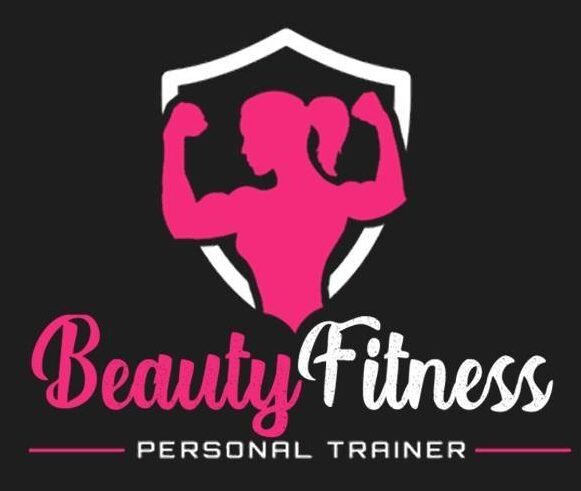Drag makeup is a captivating and transformative art form, often used by drag queens and kings to create exaggerated, glamorous, or avant-garde personas. Beyond the aesthetic, drag makeup represents empowerment, self-expression, and defiance of traditional gender norms. In this exploration, we’ll dive into the history, techniques, tools, and popular drag makeup looks, highlighting how the artistry continues to evolve within and outside of the LGBTQ+ community.
Table of Contents
The History and Evolution of Drag Makeup
Drag has been a part of entertainment culture for centuries, though its modern form, particularly in the LGBTQ+ community, began to take shape in the mid-20th century. While drag performances date back to Shakespearean theater where female roles were often played by men, drag culture, as we know it today, started to develop in the underground nightlife scene of cities like New York and San Francisco in the 1960s and 1970s.
In the early days, drag makeup was often quite simplistic compared to today’s standards. It was used primarily for performance and was influenced by theatrical makeup techniques that helped performers exaggerate their features for the stage. The look was more masculine or androgynous, reflecting a drag aesthetic that was playful, but less polished than what we see today.
However, with the rise of drag queens in the 1980s and 1990s particularly with the help of pioneers like RuPaul, Divine, and Lady Bunny the art of drag makeup began to evolve. RuPaul’s appearance on the cover of Supermodel of the World in 1993 marked a major milestone for drag culture, making it mainstream and bringing drag makeup to wider audiences. At this time, drag queens began to use makeup to feminize their features to an extreme degree, focusing on creating exaggerated eyes, sculpted cheekbones, and full, bold lips.
As drag continued to develop as a performance art, makeup became a key tool for the creation of exaggerated femininity, campy personas, and theatrical characters. The release of the television show RuPaul’s Drag Race in 2009 further cemented drag makeup’s place in pop culture, showcasing an array of drag styles and techniques. Today, drag makeup is both an art form and a mode of self-expression, with an increasing number of people experimenting with different looks outside of the binary.
Key Elements of Drag Makeup
Creating a drag look involves a variety of techniques, products, and tools that work together to radically transform the face. Here are the key elements:
1. Skin Prep and Foundation
Skin preparation is crucial in drag makeup, as the base needs to be flawless and long-lasting. Drag queens typically use a heavy-duty foundation to create an even canvas. Full-coverage foundations, often in multiple layers, are applied to cover up facial hair, blemishes, and to smooth out the skin. Setting powders are used to lock everything in place, ensuring that the makeup lasts through long performances or nights out.The skin is often contoured heavily to emphasize high cheekbones and a smaller nose. Highlighting and shading the face is a critical step in drag makeup, as it defines the face and creates a more feminine or sculpted appearance.
Eye Makeup: The Drama of the Eyes
Eye makeup is one of the most crucial elements of drag makeup, with the eyes often being the focal point of the look. The key to drag eye makeup is creating large, exaggerated eyes with multiple layers of shadow, eyeliner, and false lashes. The goal is to make the eyes appear wider, more almond-shaped, and more defined than in everyday makeup.Drag queens often use bold eyeshadow colors and textures, ranging from vibrant hues to glittery, metallic finishes. The application of eyeliner is heavy, with the wing often extending far beyond the natural eye line. The use of false lashes is essential, with multiple pairs sometimes stacked for maximum volume.
- Brows: Bigger, Bolder, and Higher
In traditional makeup, eyebrows are usually shaped to complement natural facial features. In drag, however, eyebrows are often reshaped entirely. Drag queens frequently draw their brows much higher on the forehead, using concealer to cover the natural brows. This not only elongates the face but allows for the creation of a more dramatic, feminine look. The new brows are then filled in with a brow pencil or pomade, ensuring that they stand out dramatically. - Contouring and Highlighting: Sculpting the Face
Contouring is essential in drag makeup as it helps to sculpt the face, creating sharper cheekbones, a narrower nose, and a more defined jawline. Dark contour shades are applied to the hollows of the cheeks, along the jawline, and down the sides of the nose. Lighter highlight shades are placed on the high points of the face: under the eyes, the tops of the cheekbones, the nose bridge, and the center of the forehead.The purpose of contouring is not only to alter the structure of the face but also to add depth and dimension, making the face appear more three-dimensional. - Lips: Bold and Defined
Full, bold lips are a hallmark of drag makeup. Drag queens typically overline their lips to create a dramatically larger pout. Lip liners in deep shades are often used to carve out the lip shape, followed by filling in the lips with bold colors such as reds, pinks, or purples. Glitter, gloss, and rhinestones are sometimes added to elevate the lips to the next level. - Setting and Final Touches
After all the layers are applied, drag queens often use a setting spray to lock in the makeup and keep it in place for hours. The final touch may include the addition of rhinestones, glitter, and other decorative elements to enhance the overall look. Some queens even add a dramatic highlight to the cheeks and the nose bridge to give their face an almost ethereal glow.
Popular Drag Makeup Styles
While drag makeup is highly customizable, certain styles have emerged as staples in the drag community. Here are some of the most iconic drag makeup looks:
